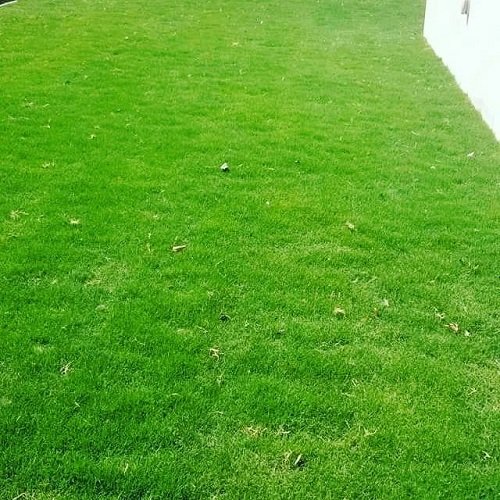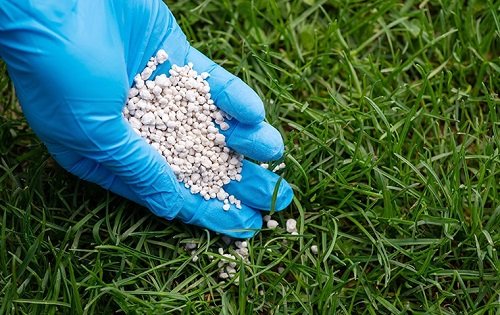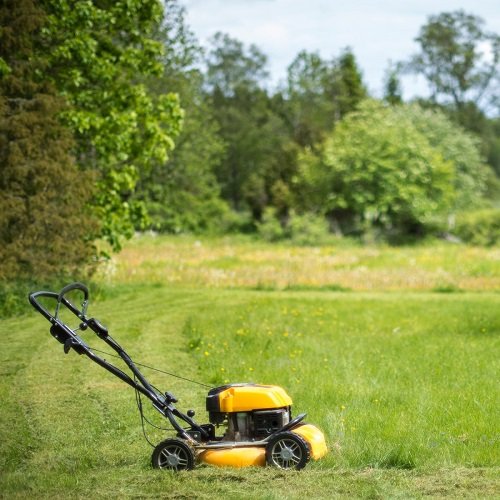Want to know – When Does Grass Stop Growing if You Don’t Cut It? – The answer to this common gardening question may surprise you!

The question of “When Does Grass Stop Growing if You Don’t Cut It?” is a common one among gardening enthusiasts and lawn care professionals alike. The answer may surprise you, as there are several factors that can impact grass growth and when it slows down.
Here are Super Effective Lawn Care Tips for Lush Green Garden
When Does Grass Stop Growing if You Don’t Cut It?
Grass will continue to grow if you don’t cut it, but the growth rate will slow down as the weather becomes cooler and daylight hours become shorter. Grass will stop growing in the fall or winter when temperatures drop below 40-50°F (4-10°C) and the amount of daylight decreases.
However, the exact time when the grass stops growing will depend on several factors, including the specific species of grass, climate, soil conditions, and the length of daylight hours.
Some cool-season grasses like fescue and bluegrass may continue to grow in the winter months in warmer regions, while warm-season grasses like Bermuda grass will go dormant and turn brown in the winter months.
Here are Expert Bonsai Tree Care Tips for Beginners
What Affects the Growth of Grass in Your Garden?
1. Environmental Factors
The environment plays a significant role in grass growth. Factors such as temperature, sunlight, and water availability can all impact how well your grass grows.
For example, if your lawn is in a shaded area and doesn’t receive much sunlight, it may not grow as well as a lawn that is exposed to direct sunlight.
Learn Free Plant Tricks to Improve Your Green Thumb here
2. Soil Conditions
Soil conditions can also have a significant impact on grass growth. The fertility of the soil, as well as its pH level, can affect the health of your lawn.
Learn How to Check Your Soil pH at Home here
If your soil lacks essential nutrients, your grass may not grow as well as it should. Similarly, if the soil is too acidic or too alkaline, this can impact grass growth negatively.
3. Grass Type
Different types of grass have varying growth characteristics. For example, some types of grass are better suited to warmer climates, while others thrive in cooler temperatures.
Understanding the growth characteristics of your grass type can help you determine the best way to care for it and when it is likely to stop growing.
4. Maintenance Practices
The way you care for your lawn can also impact grass growth. Overwatering, underwatering, or mowing your lawn too short can all affect how well your grass grows. On the other hand, fertilizing your lawn and ensuring that it receives adequate water and sunlight can promote healthy grass growth.
Check out Super Effective Lawn Care Tips for Lush Green Garden here
When to Stop Mowing Your Lawn?
If you want to prepare your lawn for the winter, you should stop mowing it a few weeks before the first frost. The reason for this is that grass needs time to grow and build up its reserves before it goes dormant for the winter. By allowing the grass to grow for a while, you’re giving it a chance to store the nutrients it needs to survive the cold months ahead.
When should you stop mowing your lawn exactly? This depends on where you live and the type of grass you have. You should stop mowing when the grass has stopped actively growing and is starting to turn yellow or brown. This usually happens in the late fall or early winter, but you can also look for other signs that the grass is slowing down, such as fewer shoots and slower growth.
It’s also a good idea to avoid cutting the grass too short before winter. Longer grass blades can help to protect the roots from the cold weather and keep them insulated. As a general rule, you should aim to keep your grass at a height of around 2.5-3 inches (6-8 cm) during the fall.
Here are the Top Tips on How to Revive a Stunted Houseplant
Tips to Mow Your Grass for a Healthy Lawn
- Always make sure your mower is in good working condition before you start mowing. Check the blades, oil level, and gas tank, and make any necessary repairs or adjustments.
- Start by walking around your yard and picking up any rocks, sticks, or other debris that could get caught in the mower blades or fly out and cause injury.
- When you’re ready to start mowing, set your mower to the highest setting and take it slow. You can always lower the blade height later if needed.
- Try to mow in straight lines or in a criss-cross pattern to ensure even coverage and avoid creating ruts or uneven spots in your lawn.
- Be mindful of the weather, and avoid mowing your lawn when it’s wet or overly hot. This can stress the grass and make it more susceptible to disease and damage.
- If you have a large lawn, take breaks and stay hydrated. Mowing can be hard work, so make sure you’re taking care of yourself too!
- When you’re finished mowing, don’t forget to clean up your mower and put away any tools or equipment you used. This will help keep your yard and equipment in good condition for future use.





